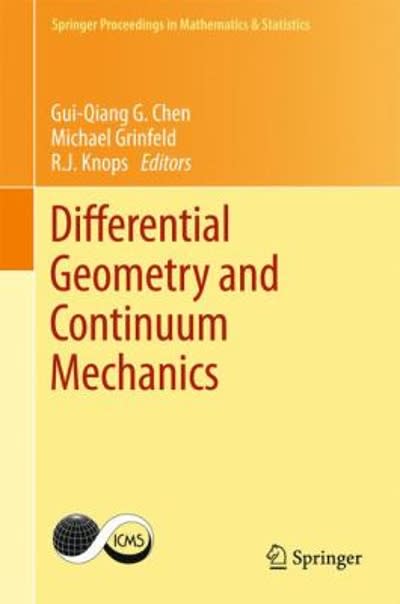Question
set.seed(02119) y
set.seed(02119)
y<- round(runif(20, 2, 9), 3)
x1<- round(y*25*(1-runif(20, -0.7, 0.7)), 3)
x2<- c(rep("East", 5), rep("West", 5), rep("North", 5), rep("South", 5))
x3<- round(y*(1-runif(20, -0.5, 0.5)), 3)
For the purpose of the exam, the generated variables represent the following:
y - "selling price of a house in 2021" in 100,000 USD
x1 - "square footage" in sq. m.
x2 - "location within the city - East/West/North/South"
x3 - "selling price of a house in 2020" in 100,000 USD
Run the following code to perform one-way ANOVA analysis to test is there is difference
between the selling price in 2021 across different locations within the city:
summary(aov(y~x2))
Copy the output from R in your report and answer the following questions:
- What are the null and alternative hypotheses behind this analysis of variance? NB:
For the null and alternative hypotheses provide both the formula and explain the
hypotheses in words (using the information of what the variables represent)
- What is the p-value for the ANOVA? Interpret the results in terms of null and
alternative hypotheses
Step by Step Solution
There are 3 Steps involved in it
Step: 1

Get Instant Access to Expert-Tailored Solutions
See step-by-step solutions with expert insights and AI powered tools for academic success
Step: 2

Step: 3

Ace Your Homework with AI
Get the answers you need in no time with our AI-driven, step-by-step assistance
Get Started


